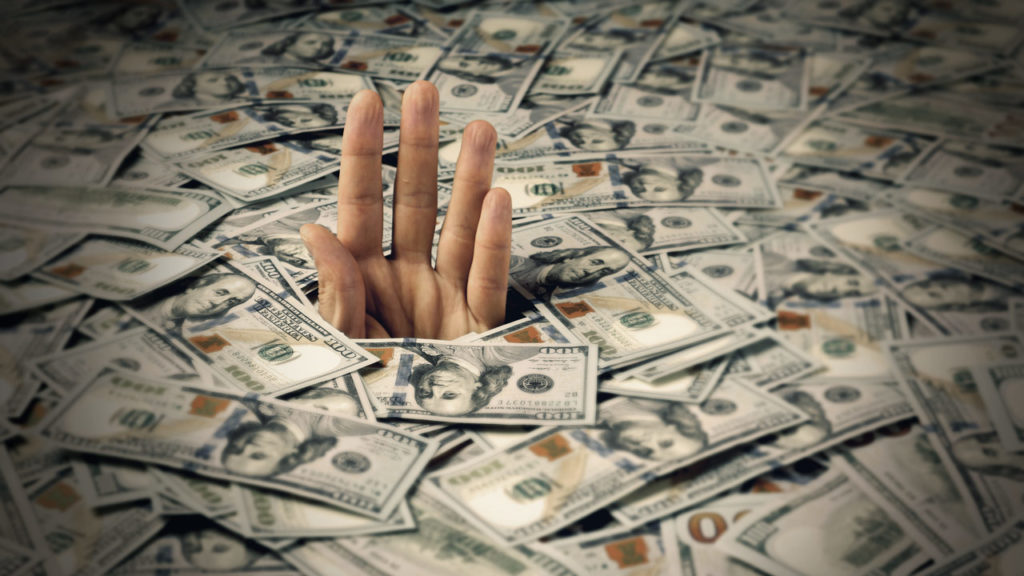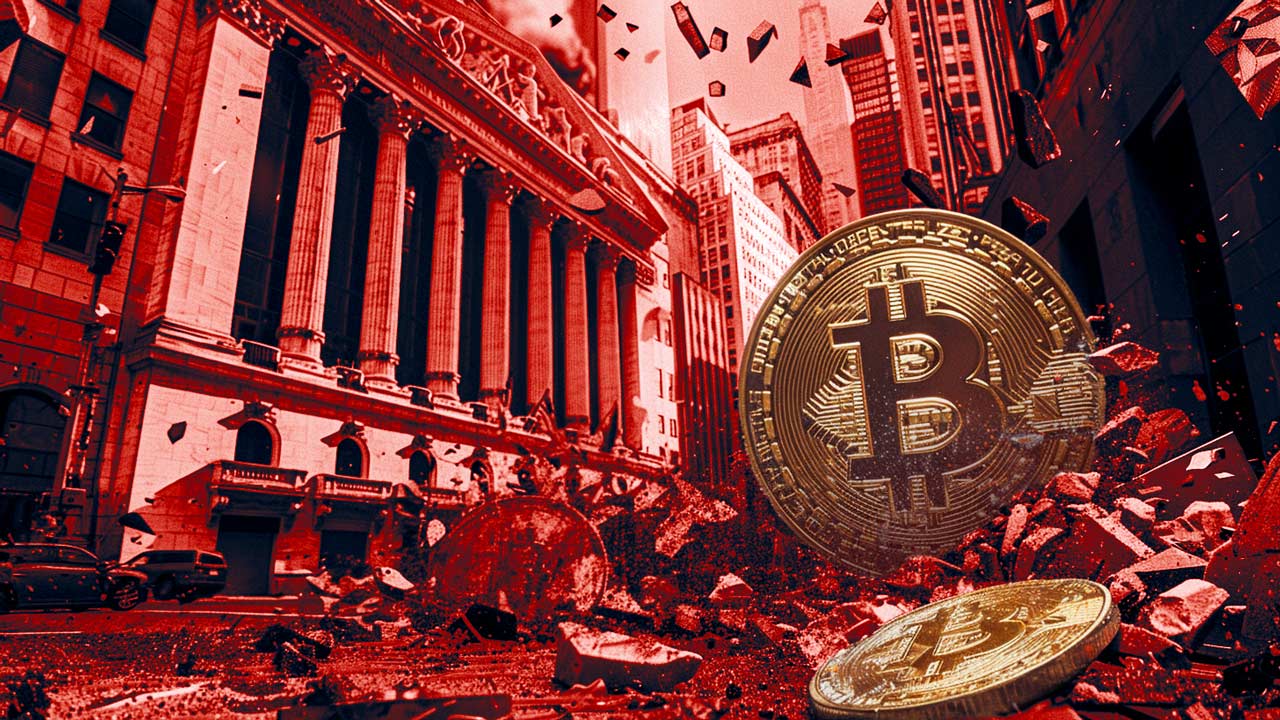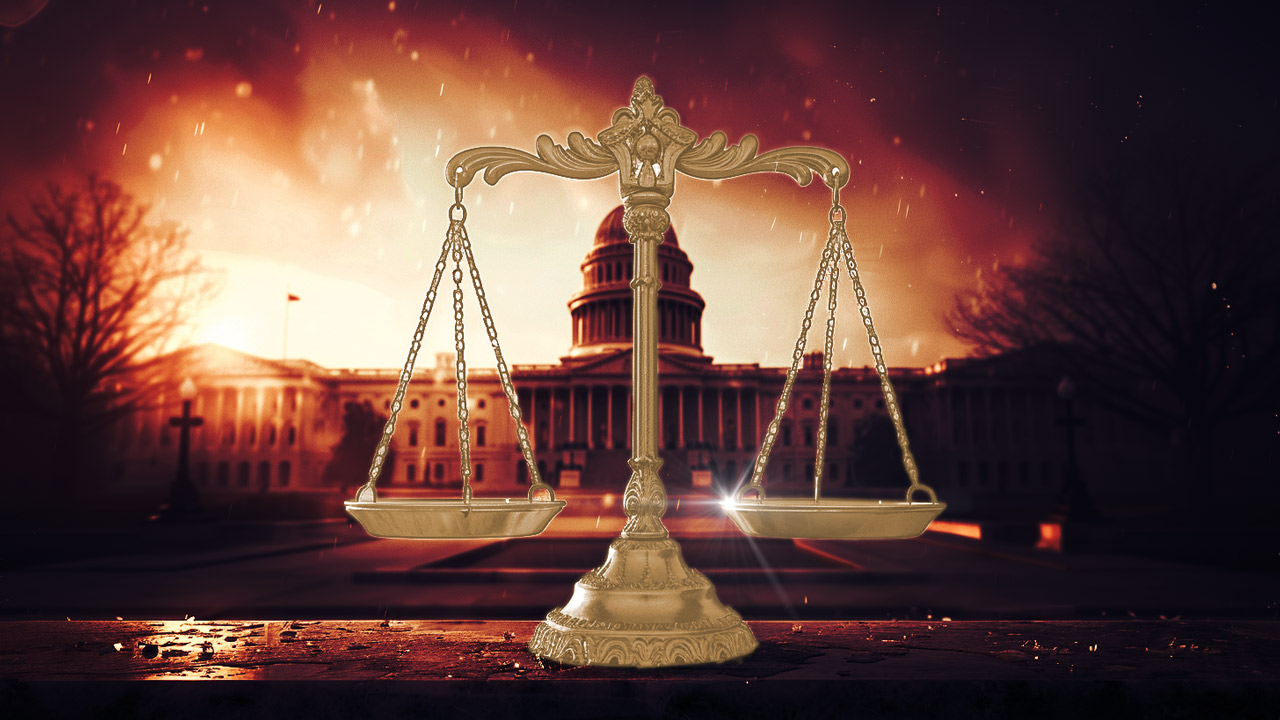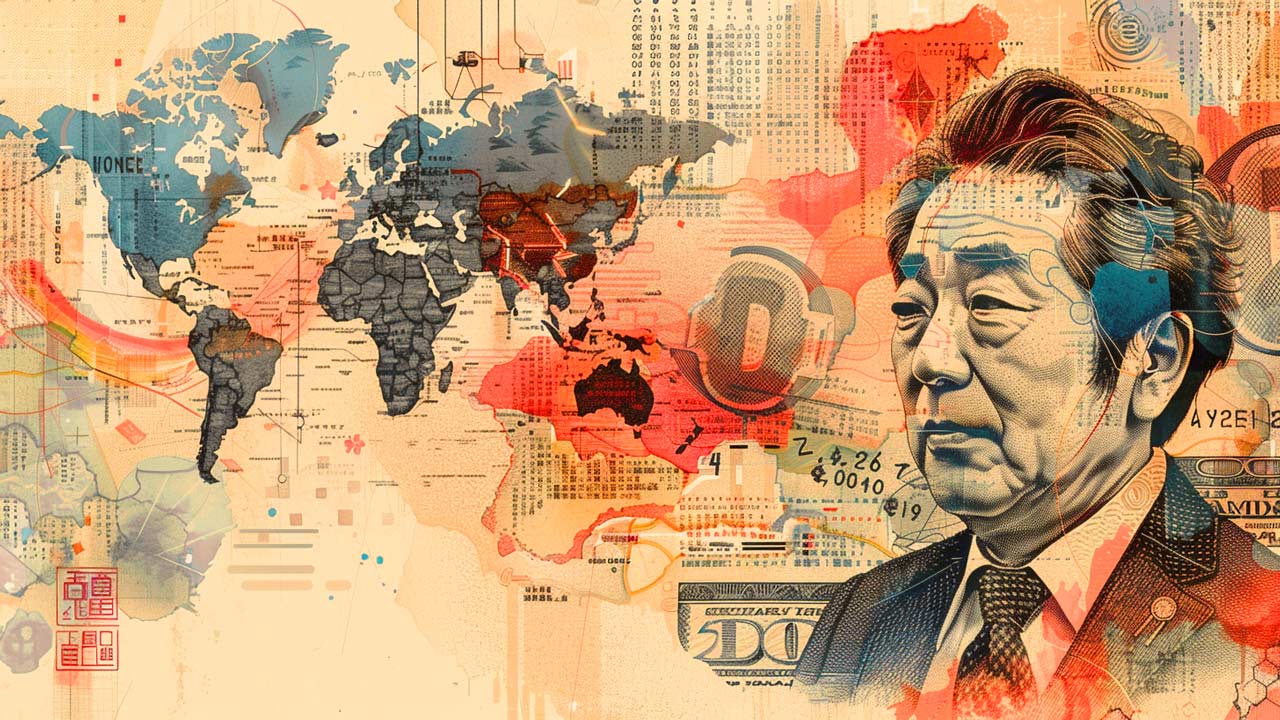Mainstream Suddenly Realizes Raising Interest Rates in a World Buried in Debt Might Be a Problem
The Federal Reserve is talking about raising interest rates. But the US economy is buried under piles of debt. I’ve been asking how this is going to work for months. Apparently, the question has finally occurred to the mainstream.
A CNBC article declared, “Fed rate hikes will intensify a global debt crisis, research warns.”
Well, yeah. Duh.
According to the study came from a UK non-profit the Jubilee Debt Campaign, debt payments rose in developing countries by 120% between 2010 and 2021. They are currently at their highest levels since 2001.
The sharp increase in debt payments is hindering countries’ economic recovery from the pandemic, the report suggested, and rising US and global interest rates in 2022 could exacerbate the problem for many lower income countries.”
The study and the CNBC article are really a pitch for debt cancellation, but their narrative swerves into an unpleasant truth for US policymakers. Raising interest rates in a world awash in red ink is going to be a problem. And not just for “developing countries.”
The US government is closing in fast on $30 trillion in debt with no end to the borrowing and spending in sight. The federal government managed to run a deficit in December despite record receipts.
In December alone, the federal government spent $508 billion. The was the highest December spending level ever. Through the first three months of fiscal 2022, the federal government has already spent $1.43 trillion. That’s a record for the first quarter of any fiscal year.
Raising interest rates will drastically increase the cost of servicing all of that debt. And it will increase the cost of borrowing more money for the Biden spending coming down the pike.
In the fiscal year 2020, Uncle Sam spent $345 billion in net interest payments alone, despite near-zero interest rates. The nonpartisan Committee for a Responsible Federal Budget found that even a 2% increase in interest rates would cause net interest payments to rise to a whopping $750 billion. And this estimate was calculated before the passage of the American Rescue Plan and the Bipartisan Infrastructure Bill. That was followed up with a big surge in interest rates on US Treasuries. In other words, $750 billion underestimates the cost.
On top of that, American consumers are buried under debt. Consumer debt jumped 11% year-on-year in November. It was the biggest single-month jump in consumer debt in 20 years. Total consumer debt now stands at over $4.41 trillion. And that doesn’t include mortgages.
Revolving debt – primarily credit card balances – grew by a staggaring 23.4% year-on-year in November. That was the biggest increase since 1998.
And that’s not all. Businesses and corporations are also leveraged to the hilt. The year 2020 set a record for corporate debt issuance with $2.28 trillion of bonds and loans, comprising both new bonds and bonds issued to refinance existing debt.
All of this debt is a feature of the Fed’s loose monetary policy — not a bug.
The Federal Reserve and the US government have built a post-pandemic “economic recovery” on stimulus and debt. It is predicated on consumers spending stimulus money borrowed and handed out by the federal government or running up their own credit cards.
Now, the Fed is threatening to turn off that easy money spigot. How is that going to work? How will consumers buried under more than $1 trillion in credit card debt pay those balances down with interest rates rising? With rising rates, minimum payments will rise. It will cost more just to pay the interest on the outstanding balances.
Overleveraged companies have the same problem.
And so does the US government.
This does not bode well for an economy that depends on borrowing and spending to sustain itself.
The only reason Americans can borrow money is because the Fed is enabling them. It holds interest rates artificially low. That’s how the economy works. And that’s why I think the Fed will ultimately relent on any move it makes toward tighter monetary policy. As Peter Schiff put it, the Fed can’t do what it’s claiming it will do.





 The monetary battle of the 20th century was gold vs. fiat. But the monetary battle of the 21st century will be gold vs. bitcoin. With Wall Street jumping into the game with bitcoin ETFs, a bitcoin halving recently splitting the block reward for miners in half, and both gold and bitcoin hovering near their all-time highs, it’s a great time for […]
The monetary battle of the 20th century was gold vs. fiat. But the monetary battle of the 21st century will be gold vs. bitcoin. With Wall Street jumping into the game with bitcoin ETFs, a bitcoin halving recently splitting the block reward for miners in half, and both gold and bitcoin hovering near their all-time highs, it’s a great time for […] What is Nvidia? If you’re a committed gamer the question may sound like nonsense. Nvidia, which was founded in 1993, is a tech company that makes GPUs and other products. It originally specialized in making products for the video game industry, that assisted in 3D rendering. If you were a committed gamer, you probably owned their products. If you weren’t, you might not have heard of them.
What is Nvidia? If you’re a committed gamer the question may sound like nonsense. Nvidia, which was founded in 1993, is a tech company that makes GPUs and other products. It originally specialized in making products for the video game industry, that assisted in 3D rendering. If you were a committed gamer, you probably owned their products. If you weren’t, you might not have heard of them. With the AI boom and green energy push fueling fresh copper demand, and with copper mines aging and not enough projects to match demand with supply, the forecasted copper shortage has finally arrived in earnest. Coupled with persistently high inflation in the US, EU, and elsewhere, I predict the industrial metal will surpass its 2022 top to reach a […]
With the AI boom and green energy push fueling fresh copper demand, and with copper mines aging and not enough projects to match demand with supply, the forecasted copper shortage has finally arrived in earnest. Coupled with persistently high inflation in the US, EU, and elsewhere, I predict the industrial metal will surpass its 2022 top to reach a […] America’s trust in its institutions has rapidly eroded over the past 20 years. We have a lower level of trust in our judicial system and elections than most European countries. Some of this is natural, as Americans are uniquely individualistic, but much of it arises from repeated government failures.
America’s trust in its institutions has rapidly eroded over the past 20 years. We have a lower level of trust in our judicial system and elections than most European countries. Some of this is natural, as Americans are uniquely individualistic, but much of it arises from repeated government failures. Decades of negative interest rate policy in Japan have ended. That could mean the end of the $20 trillion “yen carry trade,” once one of the most popular trades on foreign exchange markets, and a chain reaction in the global economy. The yen carry trade is when investors borrow yen to buy assets denominated in […]
Decades of negative interest rate policy in Japan have ended. That could mean the end of the $20 trillion “yen carry trade,” once one of the most popular trades on foreign exchange markets, and a chain reaction in the global economy. The yen carry trade is when investors borrow yen to buy assets denominated in […]